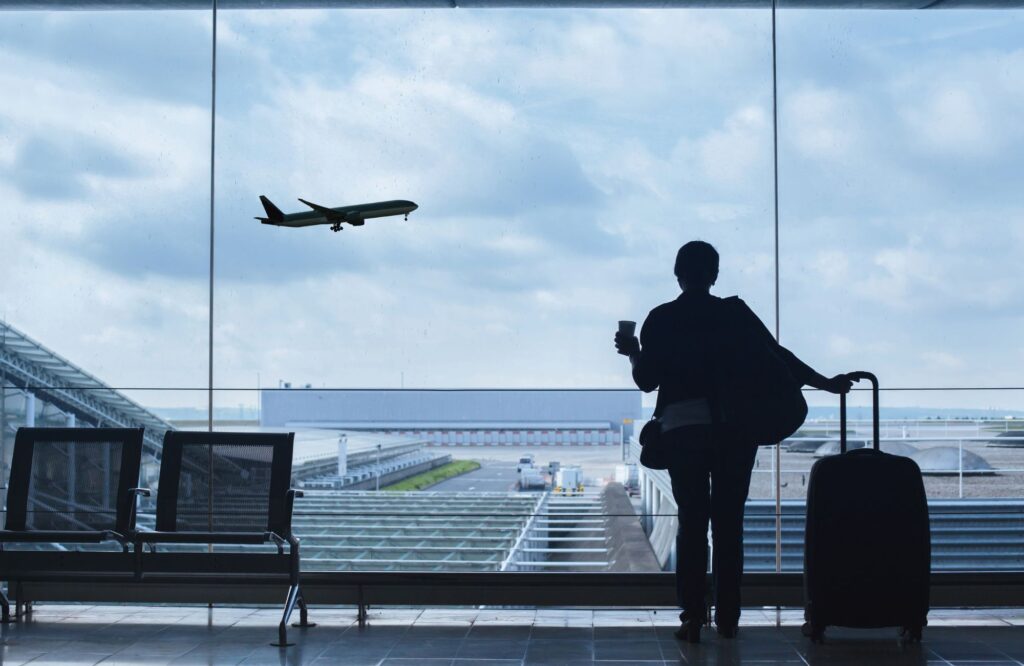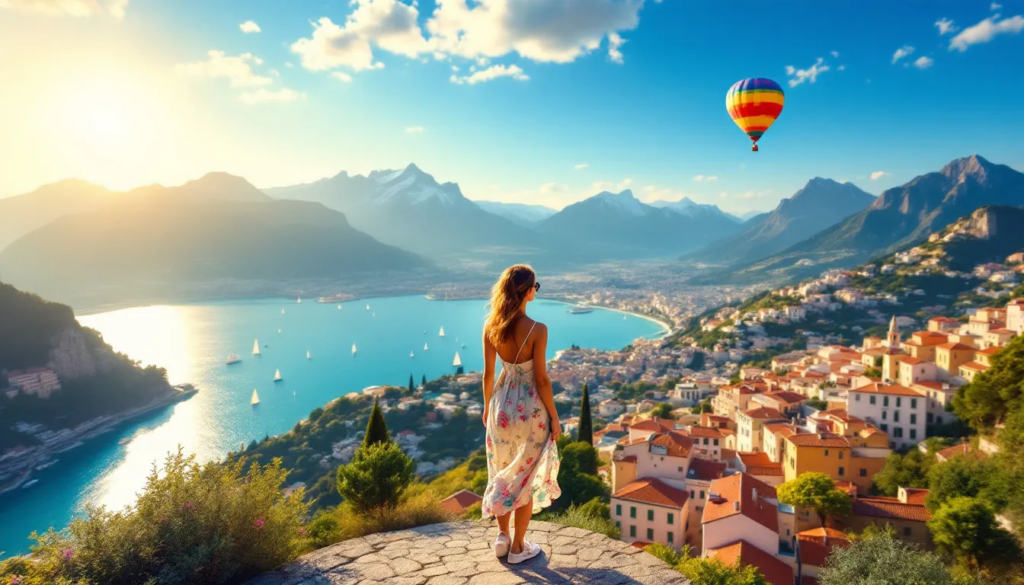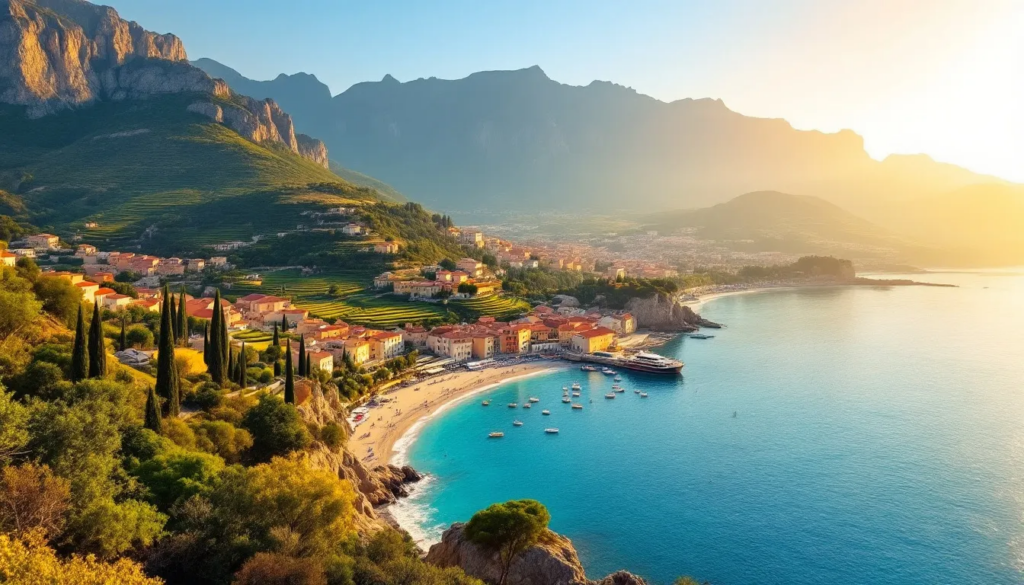Before traveling to Italy, it’s important to know more than just the major tourist destinations. A truly memorable Italian adventure combines preparation with an understanding of local culture, practical travel tips, and awareness of common mistakes first-time visitors make. Whether you’re visiting big cities like Rome and Florence or smaller towns in regions such as Le Marche, a little knowledge goes a long way toward making your trip smooth and rewarding.
In this guide, you’ll find essential Italy travel tips, covering entry requirements, cultural norms, transportation choices, seasonal timing, safety advice, and insider insights into less touristy destinations. Along the way, we’ll also address important questions about Italian food etiquette, public transportation systems, and the best time to avoid crowds while still enjoying Italy’s rich heritage.
Entry Requirements and Travel Documents
To enter Italy, most travelers will need a valid passport, and depending on your nationality, a Schengen visa. Your passport should be valid for at least six months from your planned date of entry, with at least one blank page for stamps. Citizens from the U.S., Canada, the UK, and most EU countries can stay in Italy for up to 90 days without a visa, but always confirm with the Italian embassy or consulate before you travel.
Travel insurance isn’t always mandatory, but it’s highly recommended. A good policy can cover unexpected medical care, whether through private hospitals or public facilities, trip delays, and lost luggage. Many travelers find peace of mind knowing they have coverage before stepping onto a high-speed train or exploring rural areas far from larger cities.
It’s also smart to carry both printed and digital copies of your documents. While digital backups on your phone or cloud storage can save time, paper copies come in handy if you’re in a smaller town with limited connectivity.
Understanding Italian Culture and Etiquette
Italian culture blends deep traditions with a relaxed rhythm of life, but there are unspoken rules every visitor should know. Italians value politeness, and a friendly “buongiorno” when entering a shop or “grazie” when leaving a café can go a long way. While many Italians speak English, especially in major cities and tourist attractions, learning a few basic phrases, like “scusi” (excuse me) and “per favore” (please), shows respect for local culture.
Dining etiquette is different from many other countries. Table service is the norm, and there’s often a coperto (cover charge) on your bill rather than a tipping expectation. House wine (vino della casa) is widely accepted and often excellent, especially in smaller towns where family-run restaurants still make their own. If you’re ordering coffee, keep in mind that milk-based drinks like cappuccinos are typically enjoyed only in the morning.
Dress codes matter, particularly when visiting churches or historic sites. Carrying a light scarf to cover shoulders and knees is a simple way to respect religious spaces. In Le Marche’s hilltop towns, you’ll also notice that many locals take an evening passeggiata, a stroll through the historic center. Joining in is a lovely way to experience Italian culture firsthand.
Navigating Transportation in Italy
Italy’s transportation system offers multiple options, each with its advantages. High-speed trains connect larger cities quickly, Rome to Florence in under two hours, while regional and local trains are better for smaller towns. When buying a train ticket, note that high-speed train tickets are typically reserved in advance, while local trains offer more flexibility.
Driving can be a great way to explore areas with less public transportation, but rental cars come with considerations. Many historic centers have ZTL (Zona a Traffico Limitato) zones, where only residents can drive. Entering one without authorization can result in hefty fines. Always check Google Maps or signage before driving into a town center.
Private transfers are another alternative, especially if you’re traveling with luggage or want a stress-free route to more remote destinations. For example, reaching the Grotte di Frasassi or a vineyard in the countryside is often easiest with a private driver.
Comparison of Transportation Options in Italy
| Mode of Transport | Best For | Average Cost | Pros | Cons |
|---|---|---|---|---|
| High-Speed Trains | Major cities & day trips | €30–€70 | Fast, comfortable, scenic | Booking needed |
| Regional Trains | Smaller towns & flexible travel | €5–€20 | Frequent service, budget-friendly | Slower, occasional delays |
| Rental Cars | Rural exploration | €40+/day | Freedom, flexibility | ZTL restrictions, parking challenges |
| Private Transfers | Direct, hassle-free travel | €80–€150 | Comfort, door-to-door service | Higher cost |
Timing Your Trip and Avoiding Crowds
Generally speaking, the best time to visit Italy is during the shoulder seasons, April to June and September to October. These months offer pleasant weather, fewer tourists at major tourist destinations, and better availability in accommodations. Many travelers also find that these months align well with seasonal food festivals, especially in smaller towns where events may last a few hours and feel more intimate.
Peak summer months (July and August) bring high temperatures, crowded train stations, and busy major attractions. In August, Ferragosto, a national holiday, sees many Italians heading to the coast or mountains, with some shops and restaurants in smaller towns closing for a few weeks.
If you’re planning to experience Italy beyond the major tourist destinations, traveling outside peak season gives you more opportunities to interact with locals, encounter fewer tourists, and enjoy a slower pace. In Le Marche, for instance, visiting in late September or October offers comfortable weather for hiking, wine harvest events, and less competition for prime dinner reservations.
Money, Safety, and Practical Tips
Italy uses the euro, and while credit cards are widely accepted in larger cities, smaller towns and rural areas still prefer cash. Keeping a few euros on hand will help in situations like paying at local markets or small cafés. ATMs are widely available, but to save money, use machines connected to major banks rather than independent operators that charge high fees.
Petty theft, especially pickpocketing, can occur in crowded areas such as major train stations, public transportation systems, and near tourist attractions. A crossbody bag with zippers and staying aware in crowded spaces can reduce your risk.
Healthcare is accessible, but for non-EU visitors, private hospitals may offer quicker service. Having travel insurance ensures you can access both public and private care if needed.
Insider Tips for Exploring Le Marche and Off-the-Beaten-Path Italy
While many travelers focus on the Roman Empire’s history or Florence’s Renaissance art, Italy’s lesser-known regions offer equally rich cultural experiences, often with fewer tourists. Le Marche, in particular, combines coastal beauty, medieval towns, and authentic Italian cuisine without the crowds found in larger cities.
Some highlights include:
- Ascoli Piceno – Known for its travertine-paved piazzas, Roman bridges, and olive all’ascolana (stuffed fried olives).
- Conero Riviera – Perfect for a day trip with sailboat excursions, Prosecco toasts, and hidden coves.
- Grotte di Frasassi – One of Europe’s largest cave systems, ideal for adventurous travelers.
Booking with boutique tour guides allows for more tailored itineraries and insider access to places you might not find on Google Maps. Many Italians in these smaller towns still follow seasonal rhythms, so having a local expert means knowing which restaurants to avoid when they’re catering mainly to tourists, and where to find the vino della casa worth remembering on your next trip.
Packing Checklist for Italy
Packing for Italy depends on the season, but comfort and practicality are key. You’ll walk a lot, sometimes on cobblestones, so comfortable walking shoes are essential. In warmer months, opt for breathable fabrics; in spring or fall, bring layers and a light scarf for cooler evenings.
Beyond clothing, a few essentials will make your trip easier:
- Universal travel adapter for electronics
- Copies of important documents (both digital and paper)
- Cash for small purchases in rural areas
- Modest attire for visiting churches and religious sites
Remember that some smaller cities and historic centers don’t have elevators in older buildings, so packing light is also a way to save both energy and hassle.
Conclusion
Traveling to Italy is more rewarding when you arrive prepared, understanding both the practical details and the cultural nuances that shape daily life. From securing the right documents to navigating public transportation systems, respecting dining etiquette, and exploring beyond major tourist destinations, every step you take toward preparation enhances your trip. By blending essential Italy travel tips with an openness to local culture, whether in bustling cities or smaller towns like those in Le Marche, you’ll enjoy a smoother journey, avoid common pitfalls, and create authentic connections that make your Italian adventure truly unforgettable.
True Colors of Italy offers private, all-inclusive day tours through the hidden beauty of Le Marche, blending rich culture, breathtaking nature, and unforgettable cuisine. Whether you’re traveling solo, as a couple, or with a small group, we create tailored experiences that combine comfort, authenticity, and insider knowledge. Contact us today to plan your personalized Italian journey.
FAQs
What I wish I knew before going to Italy?
Many travelers say they wish they’d learned more about cultural differences before their first trip, like understanding dining etiquette, avoiding ZTL zones when driving, and traveling in shoulder seasons to avoid crowds. Planning for smaller towns as well as major attractions can make your experience richer.
Do and don’ts when visiting Italy?
Do greet shopkeepers and restaurant staff politely, dress modestly when visiting churches, and validate train tickets before boarding regional trains. Don’t expect quick coffee service if you’re sitting at a table, it’s part of the pace. Avoid restaurants with aggressive street promoters; they’re often tourist traps.
What is not allowed to be brought to Italy?
Italy restricts bringing in certain foods, plants, and animal products from outside the EU. Large sums of cash over €10,000 must be declared. Check with the Italian embassy or consulate for a full list before your flight home.
When is the best time to visit Italy for fewer crowds?
April to June and September to October offer fewer tourists, mild weather, and vibrant seasonal events. These months also align with better pricing on accommodations and high-speed train tickets.
Is it safe to travel to Italy’s small towns?
Yes, smaller towns often have lower crime rates than big cities. However, it’s still wise to follow general safety tips, like keeping valuables secure and being aware of your surroundings, especially at night.












